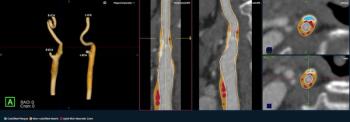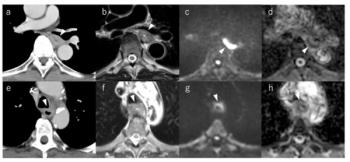
Emergency Department CT Use Up Among Children with Abdominal Pain
Use of CT scans on pediatric patients in emergency departments has risen between 1999 and 2007, despite no corresponding increase in ultrasound use.
Use of
Researchers from Children’s Hospital Boston examined data from the National Hospital Ambulatory Medical Care Survey to evaluate emergency department imaging utilization among children with acute abdominal pain. Traditionally, step-by-step evaluation of pediatric patients in the ED involves an initial ultrasound, followed by CT imaging if the ultrasound is inconclusive or negative.
There were 16,900,000 emergency visits for acute abdominal pain recorded from 1999 to 2007. As the years passed, the odds of a child undergoing a CT scan rose compared to the year before, particularly if the child was a teen, white, from the Midwest or an urban setting, had private insurance, or was admitted (or transferred) to the hospital.
The CT totals rose despite there being no statistically significant changes in ultrasound usage, numbers of patients admitted to the hospital, or numbers of patients with acute appendicitis. Results showed that only 3 percent of patients who were diagnosed with appendicitis received both an ultrasound and a CT scan.
The researchers did not look for the reasons behind increased CT use, but Anastasia L. Hryhorczuk, MD, clinical fellow at the hospital, pointed out that ultrasound technicians are not always available to perform the procedure in some areas. Alternately, CT scanners are quite readily available in many hospitals.
Newsletter
Stay at the forefront of radiology with the Diagnostic Imaging newsletter, delivering the latest news, clinical insights, and imaging advancements for today’s radiologists.






























